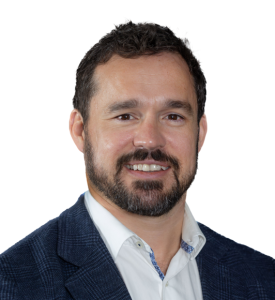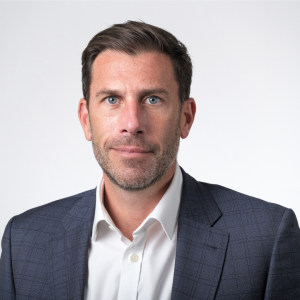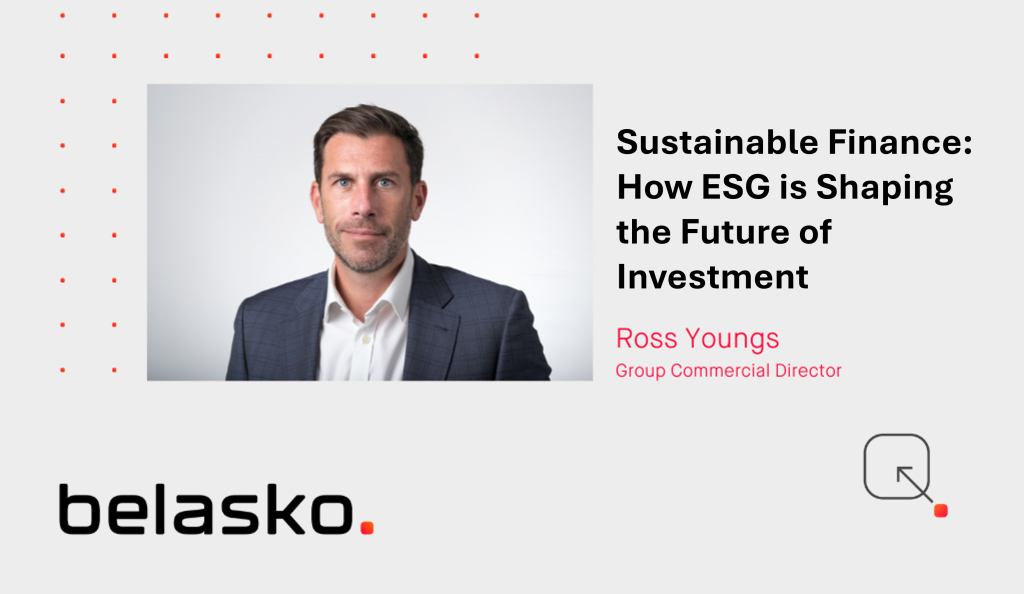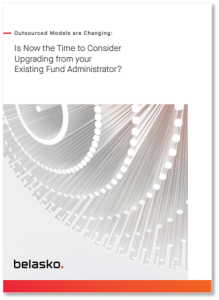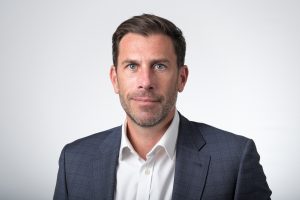In today’s complex financial landscape, philanthropy is becoming an essential component of wealth management for high-net-worth individuals (HNWIs). By integrating philanthropic goals with financial planning, individuals can make a significant social impact while strategically managing their wealth. However, navigating the intricacies of charitable giving requires expertise and guidance, making the role of a private wealth provider increasingly vital.
The growing importance of philanthropy in wealth management
Philanthropy is not just about donating money; it’s about creating a sustainable impact that aligns with personal values and long-term financial goals. According to a 2023 report by the Charitable Giving Foundation, charitable contributions from HNWIs have increased by 12% over the past five years, indicating a growing trend towards philanthropic engagement among the wealthy. A 2022 study by UBS found that 72% of HNWIs consider philanthropy an integral part of their wealth management strategy, reflecting a shift in mindset toward more purposeful giving. As the desire to give back grows, so does the need for professional support in navigating the complexities of charitable activities.
Additionally, the Global Wealth Report highlights that the number of family foundations has increased by 60% over the past decade, underscoring a trend towards structured philanthropic giving. These statistics show that more individuals are not only looking to donate but are also interested in creating long-lasting, impactful legacies through their wealth. This growing importance of philanthropy in private wealth management necessitates the expertise of a third-party private wealth provider to ensure that charitable goals are achieved effectively and strategically.
Integrating charitable goals into wealth management
While the benefits of philanthropy are clear, HNWIs often face several challenges in integrating charitable giving into their wealth management plans:
Complexity in aligning philanthropic goals with financial strategies
Crafting a philanthropic strategy that aligns with personal values and financial goals requires careful planning and expertise. Many high net worths struggle to balance their desire to give back with the need to maintain financial stability and growth. Partnering with an expert provider can provide expertise in crafting bespoke giving plans that maximise impact while optimising tax benefits.
Regulatory and compliance challenges
Different jurisdictions have varying rules on charitable giving, making it difficult to ensure compliance across borders. This complexity can deter HNWIs from engaging in philanthropic activities or lead to unintentional non-compliance. A private wealth provider ensures that all philanthropic activities comply with relevant laws and regulations, minimising risks and enhancing the efficiency of charitable contributions.
Effective impact measurement
Determining the effectiveness of charitable contributions is often challenging. HNWIs need to ensure that their donations are making a meaningful difference and align with their philanthropic goals. Expert providers like Belasko can offer robust tools for impact measurement and reporting, allowing clients to assess the effectiveness of their philanthropy and adjust strategies as needed.
Family involvement and governance
Engaging multiple family members in philanthropic activities can be both rewarding and challenging. Clear communication and governance structures are needed to ensure alignment and avoid conflicts.
The role of a private wealth provider in philanthropy
A structured approach to philanthropy is crucial when integrating charitable goals into your wealth management. This can be effectively managed with the support of an expert, reputable private wealth provider. From establishing charitable foundations to ensuring compliance with tax regulations, they can offer tailored solutions that address the unique challenges faced by ultra and high net worth individuals in their philanthropic endeavours.
Working with a partner like Belasko
At Belasko, we offer a comprehensive suite of private wealth services tailored to the unique needs of HNWIs, from strategic planning to compliance support and impact measurement.
We help ensure that your philanthropic efforts are impactful, sustainable, and aligned with your broader wealth management strategy.
For more insights on how to incorporate philanthropy into your wealth management plan, get in touch with Andy Bailey ([email protected]) and find out how we can help you maximise the impact of your charitable giving and achieve your philanthropic goals with confidence.
